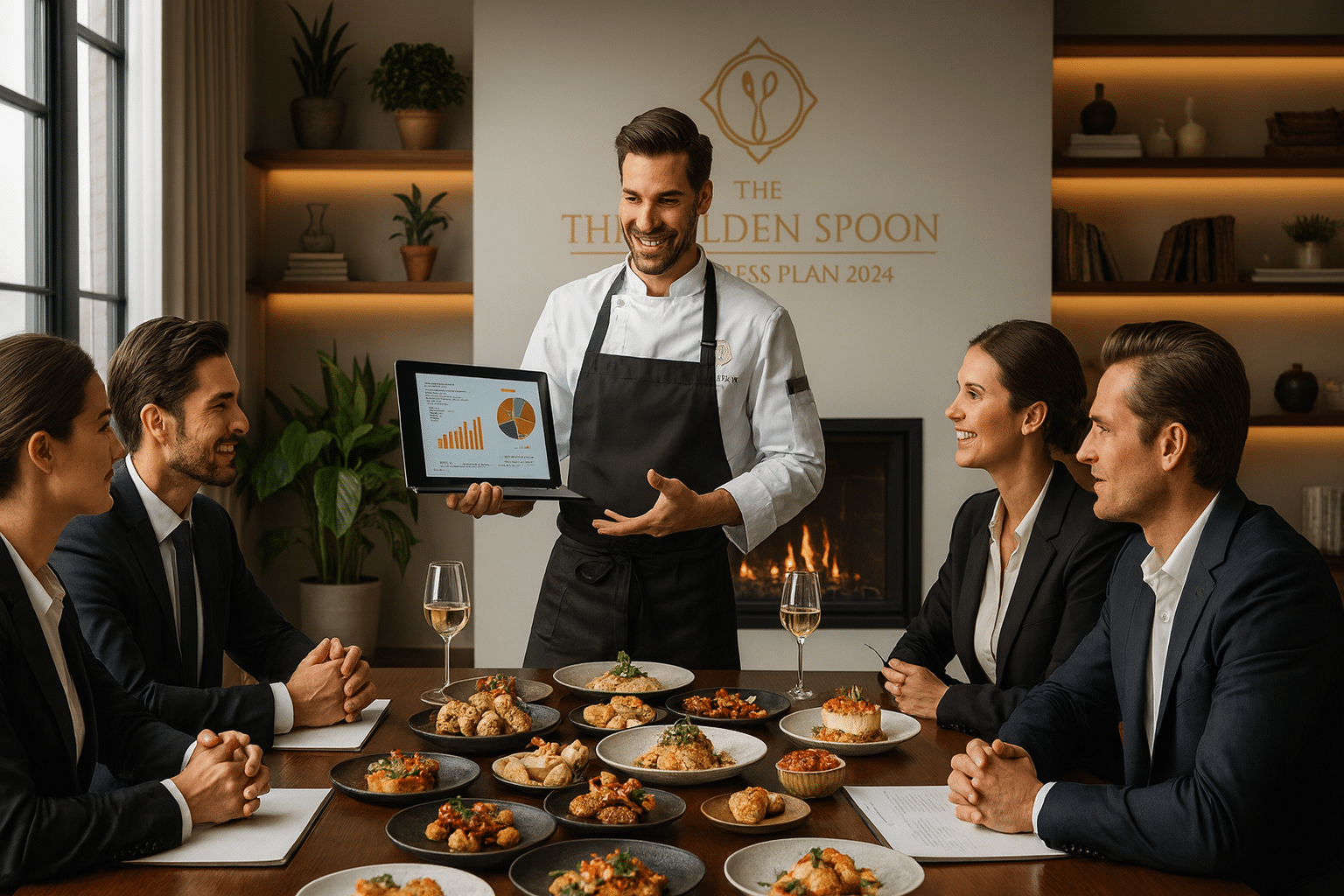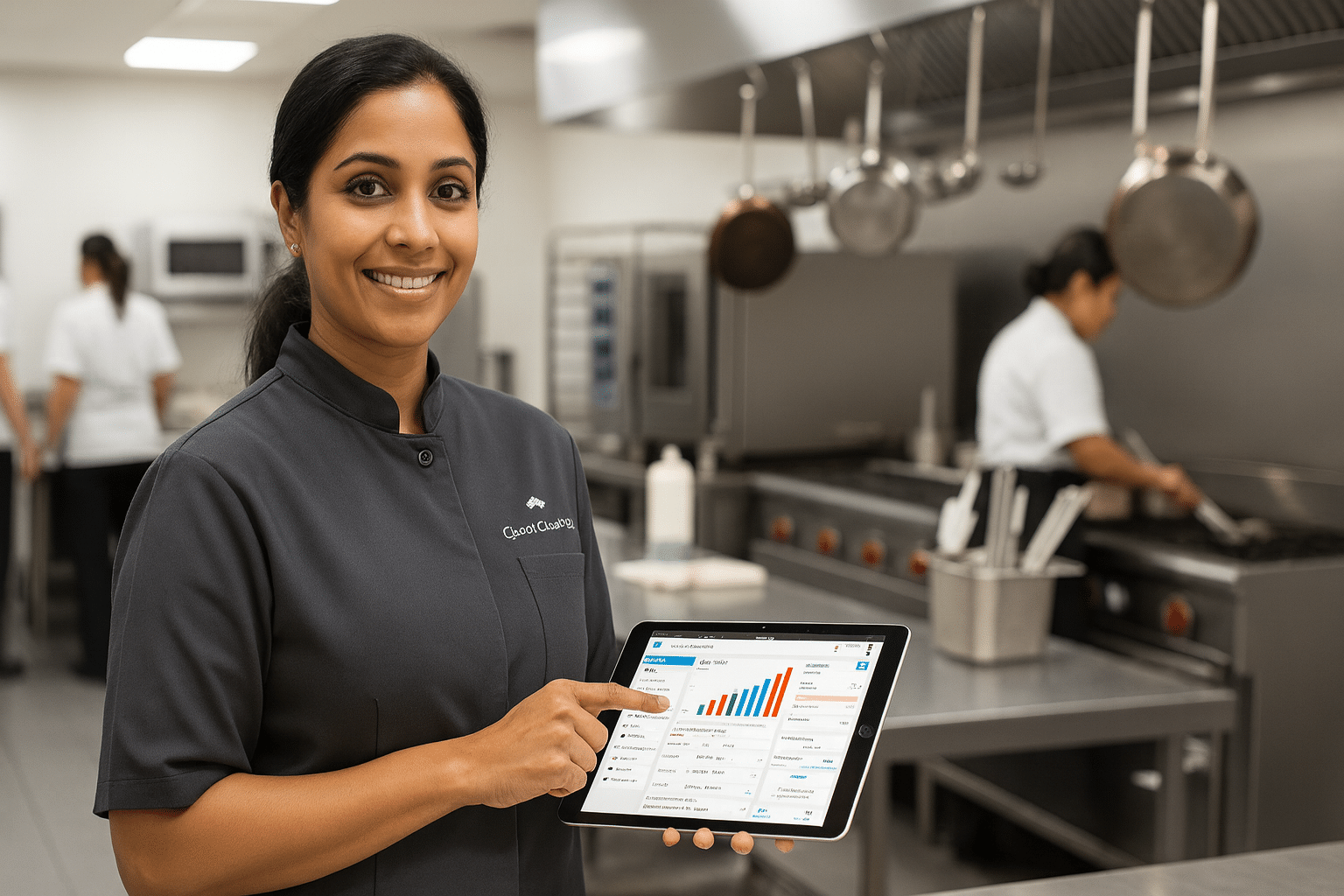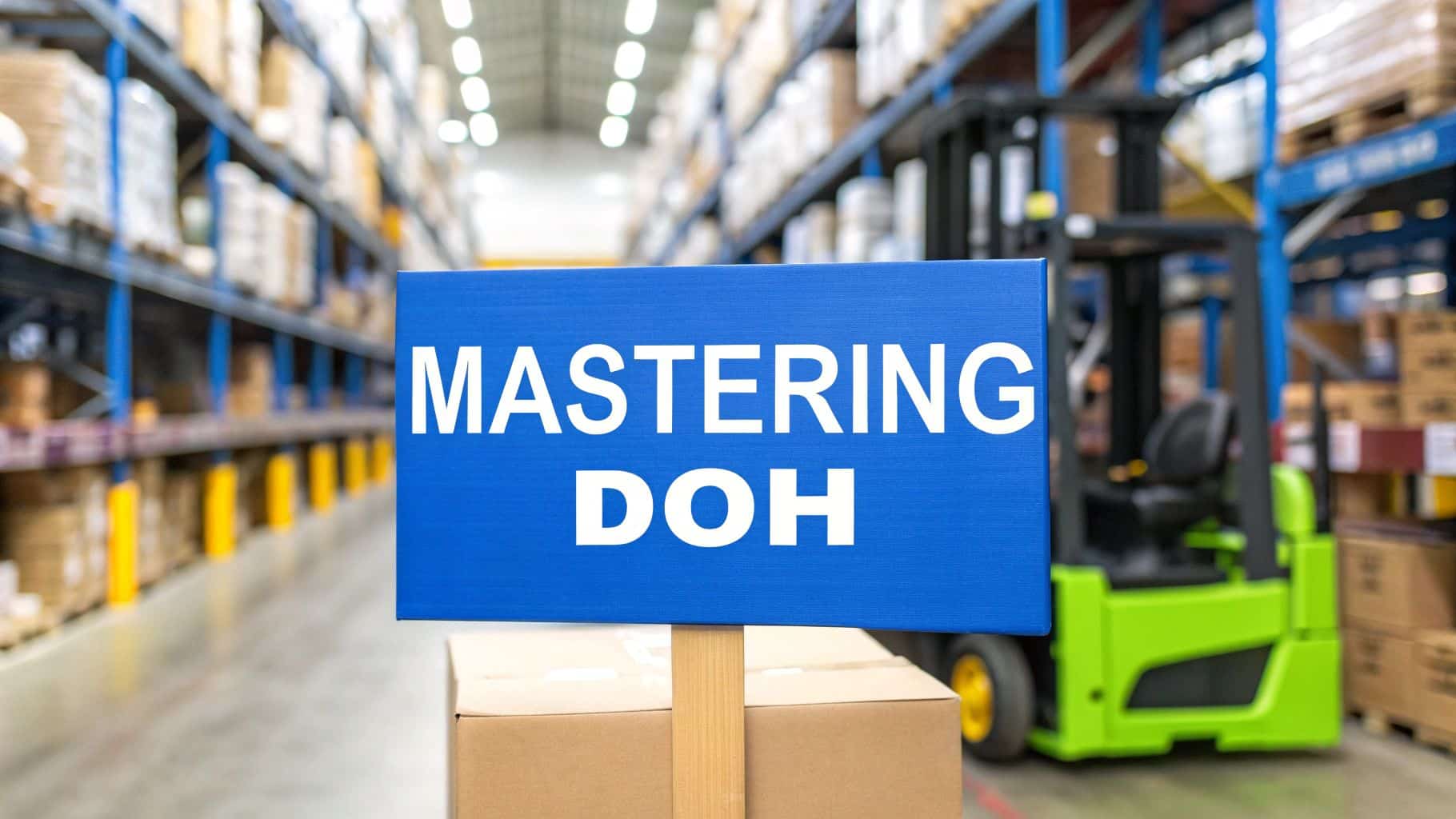The bubble tea concept has transformed from a regional trend into a global sensation. From bustling cities in Asia to cozy suburban cafés in North America and Europe, bubble tea shops have become cultural icons. At its core, bubble tea combines milk tea, fruit tea, and chewy tapioca pearls, but the true magic lies in customization. Customers can adjust sugar levels, add toppings, and explore seasonal flavors, making every drink uniquely personal. For entrepreneurs, understanding the bubble tea concept means not only serving beverages but also curating a memorable, Instagram-worthy experience that keeps customers coming back.
Table of Contents
- The Foundation of a Successful Bubble Tea Concept
- Designing a Creative and Customizable Menu
- Building a Modern and Memorable Customer Experience
- Marketing Strategies for a Bubble Tea Concept
- The Future of the Bubble Tea Concept
- How Biyo POS Supports Growing Bubble Tea Shops
- FAQ: Bubble Tea Concept
The Foundation of a Successful Bubble Tea Concept
A thriving bubble tea shop relies on more than just tasty drinks. The foundation of a strong bubble tea concept is built on consistency, creativity, and customer engagement. When these elements come together, they set the stage for long-term success in a competitive industry.
Choosing the Right Ingredients
High-quality ingredients form the backbone of the bubble tea concept. Premium tea leaves, fresh milk, and carefully prepared tapioca pearls create a base that customers can trust. Customers are quick to notice the difference between fresh fruit tea and powdered alternatives, so investing in quality is essential. Offering organic or locally sourced ingredients also appeals to health-conscious consumers.
Boba drinks succeed because of their balance between flavor and texture. Tapioca pearls, bursting boba, and jelly toppings each add a distinct mouthfeel that makes bubble tea unique. When shops maintain strict quality standards for these components, they ensure consistency in every cup served. This consistency builds customer loyalty over time.
Another important factor is freshness. Preparing pearls and tea bases daily, instead of relying on pre-packaged products, gives drinks a more authentic taste. Customers appreciate the extra effort, and it enhances the reputation of the shop. A bubble tea concept built on quality ingredients stands out in crowded markets.
Location and Shop Design
The location of a bubble tea shop can determine its success. High-traffic areas near universities, shopping centers, and business districts are ideal because they capture both students and professionals. A grab-and-go setup works well in busy urban neighborhoods, while suburban settings may benefit from comfortable seating and a community atmosphere.
Interior design also plays a critical role. A modern tea shop with eco-friendly cups, stylish lighting, and unique packaging can become an Instagram hotspot. Creative décor, such as neon signs or a toppings bar display, makes the space more inviting. When customers see that the environment matches the fun, trendy vibe of bubble tea, they are more likely to return.
Eco-conscious consumers also appreciate shops that adopt sustainable practices. Using biodegradable straws, recyclable packaging, and digital receipts shows that a brand is forward-thinking. This design philosophy not only reduces waste but also strengthens customer loyalty among environmentally aware audiences.
Training and Customer Service
Even the best bubble tea concept can fail without excellent customer service. Well-trained staff who understand recipes, sugar level options, and toppings customization create a smoother ordering process. When baristas can recommend seasonal flavors or specialty beverages confidently, customers feel more engaged.
Speed and accuracy are equally important. During busy hours, a digital POS system like Biyo POS helps staff manage complex orders efficiently. Quick service, paired with friendly interaction, ensures that every visit feels positive. Happy customers become repeat customers, driving long-term growth.
Customer education is another key factor. Many people are unfamiliar with drink customization, so staff should be ready to explain sugar adjustments, smoothie blends, or dessert pairings. Guiding customers through these choices creates a welcoming environment, especially for first-time visitors.

Designing a Creative and Customizable Menu
A creative menu defines the identity of a bubble tea shop. The bubble tea concept thrives on drink customization, giving customers the ability to experiment with flavors, textures, and levels of sweetness. A well-designed menu can turn a casual visitor into a loyal fan.
Core Drinks: Milk Tea and Fruit Tea
Milk tea and fruit tea remain the heart of every bubble tea concept. Classic milk tea, whether black or green, appeals to customers seeking comfort in familiar flavors. Fruit teas, on the other hand, bring freshness and variety with options like mango, passion fruit, and lychee. Together, they create a versatile base for both traditionalists and adventurous drinkers.
Offering both categories ensures that the shop attracts diverse audiences. Some customers may crave a creamy texture, while others may want something lighter and refreshing. The best shops balance these categories, creating an inclusive menu that satisfies everyone. These drinks act as a foundation, allowing add-ons and toppings to shine.
Seasonal variations of milk tea and fruit tea also keep the menu fresh. For example, pumpkin spice milk tea in autumn or watermelon fruit tea in summer introduces excitement. Limited-time offerings build anticipation and encourage repeat visits, strengthening the brand’s appeal.
Expanding with Specialty Beverages
Specialty beverages elevate the bubble tea concept beyond the basics. Smoothie blends, cheese foam teas, and fusion drinks like matcha-strawberry create a sense of novelty. Customers who want more than a standard cup often look for these unique creations. Offering them positions a shop as innovative and trend-savvy.
Seasonal flavors are particularly effective in building excitement. For instance, a holiday peppermint milk tea or a Valentine’s-themed strawberry rose blend can spark conversations online. These specialty beverages also align with Instagram-worthy marketing, encouraging customers to share their experiences on social media.
Creative menu items also allow shops to stand out in competitive markets. When multiple bubble tea stores exist in the same area, specialty drinks become a differentiator. Shops that embrace experimentation often find themselves leading local trends.
The Importance of Toppings and Customization
Toppings customization is the signature feature of the bubble tea concept. Tapioca pearls, grass jelly, pudding, and popping boba all add excitement to the drinking experience. Customers enjoy mixing and matching to create personalized combinations. A toppings bar that showcases available options makes the ordering process more engaging.
Sugar level customization is equally vital. Offering a range from zero to extra-sweet gives customers control over their drinks. Many health-conscious consumers prefer reduced sugar, and catering to their needs expands the customer base. This flexibility shows that the shop values inclusivity and customer preference.
Drink size options, ice levels, and alternative milk choices also add to the customization experience. Almond milk, oat milk, and soy milk appeal to vegan or lactose-intolerant customers. The more customizable the menu, the broader the audience a shop can attract and retain.
Building a Modern and Memorable Customer Experience
The bubble tea concept extends beyond drinks—it’s about creating memorable moments. Customers return not only for delicious beverages but also for the overall experience. Shops that focus on ambiance, technology, and customer connection achieve long-term success.
Creating Instagram-Worthy Moments
In the digital era, social media presence is crucial. A bubble tea shop that invests in stylish cups, unique packaging, and modern décor can become a photo destination. When customers post pictures of their drinks, it acts as free advertising. Instagram-worthy drinks and spaces naturally spread brand awareness.
Signature packaging, such as sealed cups with artistic designs or reusable jars, enhances shareability. Seasonal cup art and fun straws also generate buzz online. These small touches create strong associations between the shop’s brand and a trendy lifestyle. As a result, customers feel proud to showcase their drinks.
Interactive elements like self-ordering kiosks, toppings bar displays, and loyalty programs integrated into mobile apps also add to the fun. When customers see that a shop embraces creativity, they are more likely to form emotional connections with the brand.
Enhancing Speed and Convenience
Modern customers value speed and efficiency. A bubble tea concept built on convenience thrives in today’s fast-paced world. Grab-and-go options, mobile ordering, and self-service stations reduce wait times. Technology plays a central role in making this possible.
POS systems like Biyo POS streamline the ordering process by handling complex customizations with ease. Staff can quickly input sugar levels, toppings, and drink sizes without confusion. This efficiency ensures accuracy and reduces errors, keeping customers satisfied.
Delivery partnerships also expand reach. Many customers enjoy bubble tea at home or the office, making third-party delivery platforms a powerful growth tool. Shops that balance dine-in, takeout, and delivery create more opportunities for sales.
Customer Loyalty and Community Engagement
Loyalty programs encourage repeat visits. Offering rewards for frequent purchases makes customers feel valued. Digital loyalty apps that track points or offer discounts on future orders create ongoing incentives. When integrated with a POS system, these programs run smoothly.
Community engagement also boosts brand recognition. Hosting local events, seasonal tastings, or collaborations with nearby businesses can attract new customers. These events highlight the bubble tea concept as more than just a drink shop—it becomes a community hub. This local connection builds long-term customer loyalty.
Listening to customer feedback and responding quickly also strengthens trust. Shops that adapt their menus and services based on customer preferences show that they care. This responsiveness keeps the bubble tea concept fresh and relevant.
Marketing Strategies for a Bubble Tea Concept
A bubble tea concept cannot thrive without effective marketing. With so many shops opening worldwide, strong branding and outreach efforts are critical. Successful marketing strategies combine creativity with consistency to stand out.
Brand Identity and Storytelling
Every bubble tea shop needs a story. Whether it highlights cultural heritage, sustainability, or modern creativity, a brand story makes the shop memorable. Customers connect with narratives that feel authentic, which is why storytelling is essential in branding. A strong story also differentiates the shop from competitors.
Visual branding is equally important. Consistent colors, fonts, and logos reinforce identity. Packaging, signage, and digital marketing should all reflect the same design philosophy. A cohesive look makes the bubble tea concept feel professional and reliable, which builds customer trust.
Unique selling points, such as eco-friendly cups or specialty beverages, should be emphasized in marketing campaigns. When shops communicate these values clearly, they attract customers who align with their vision.
Leveraging Social Media and Influencers
Social media drives much of bubble tea’s popularity. Instagram, TikTok, and Facebook are powerful platforms for showcasing drinks. Posting videos of drink preparation, new flavor launches, and seasonal offerings builds excitement. Short, engaging content performs especially well on platforms like TikTok.
Partnering with local influencers or food bloggers also amplifies reach. When influencers share positive experiences, it introduces the shop to new audiences. Customers often trust peer recommendations over traditional advertisements, making influencer marketing effective.
User-generated content, such as customer photos and reviews, should also be encouraged. Reposting customer photos not only builds engagement but also strengthens community ties. Customers feel recognized and more likely to return.
Local Partnerships and Promotions
Forming partnerships with local businesses and schools can expand visibility. For example, offering discounts to students or collaborating with nearby bakeries for dessert pairings brings mutual benefits. Local partnerships position the bubble tea concept as an integrated part of the community.
Promotions and limited-time offers also boost short-term sales. “Buy one, get one” deals or discounts during off-peak hours attract more foot traffic. Seasonal promotions tied to holidays or cultural events generate excitement and encourage impulse purchases.
Another effective strategy is launching loyalty cards or app-based rewards. Customers who feel they are receiving value for their loyalty are more likely to return. These small incentives help maintain steady business growth.
The Future of the Bubble Tea Concept
The bubble tea concept continues to evolve as customer preferences change. Staying ahead of trends ensures that shops remain relevant and competitive. Entrepreneurs who anticipate these shifts position themselves for long-term success.
Health-Conscious and Functional Beverages
Consumers today are more health-conscious than ever. Bubble tea shops are responding by offering low-sugar options, alternative milks, and fresh fruit infusions. Drinks with added health benefits, such as collagen or probiotics, are becoming more popular. These innovations expand the appeal of bubble tea to wellness-focused audiences.
Tea-based drinks with functional ingredients like ginseng or matcha are also gaining traction. Customers see these as both refreshing and beneficial, making them attractive alternatives to sugary sodas. Offering these options keeps the bubble tea concept aligned with modern lifestyles.
Shops that adapt quickly to health-conscious trends gain an advantage. By introducing wellness-focused beverages, they expand their market reach and meet growing demand. This adaptability secures long-term relevance in a competitive industry.
Technology Integration in Tea Shops
Technology plays an increasing role in shaping the bubble tea experience. Mobile ordering apps, contactless payments, and AI-driven customer insights streamline operations. POS systems like Biyo POS give shop owners detailed sales data and inventory tracking to optimize performance.
AI assistants and automated drink-making machines are also emerging trends. These technologies improve efficiency and consistency while reducing labor costs. As a result, shops can serve more customers without sacrificing quality.
Customer-facing technology, such as digital menus and interactive kiosks, also improves convenience. These features create smoother experiences and cater to younger audiences who prefer tech-driven solutions.
Global Expansion and Franchise Opportunities
Franchising continues to drive the global spread of bubble tea. Entrepreneurs seeking scalable models often choose franchising because it provides branding support and operational guidance. A strong franchise bubble tea concept can expand rapidly while maintaining consistency across locations.
Local adaptations also play a role in global success. Shops in different regions may introduce flavors tailored to local tastes, such as taro in Asia or berry-based teas in Europe. These regional adjustments help franchises resonate with local communities while staying true to the bubble tea concept.
With rising demand worldwide, the bubble tea industry is positioned for continued growth. Entrepreneurs who embrace franchising and international expansion open doors to new opportunities and audiences.

How Biyo POS Supports Growing Bubble Tea Shops
Running a successful bubble tea concept requires efficient operations, and that’s where Biyo POS comes in. Biyo POS offers a modern, cloud-based point-of-sale system designed for busy tea shops. With features like real-time sales tracking, inventory management, and seamless online ordering, it ensures every order is accurate and fast.
Bubble tea shops thrive on customization, and Biyo POS simplifies complex orders. Staff can quickly adjust sugar levels, add toppings, and apply promotions without confusion. This efficiency improves both speed and customer satisfaction, which is critical in peak hours.
Biyo POS also supports growth with integrated loyalty programs and marketing tools. Shop owners can track customer preferences and launch targeted promotions, building stronger customer relationships. For entrepreneurs aiming to expand their bubble tea concept, Biyo POS provides the technology foundation to scale effectively.
FAQ: Bubble Tea Concept
What is the bubble tea concept?
The bubble tea concept refers to a customizable beverage model built around milk tea, fruit tea, and tapioca pearls. It emphasizes personalization with toppings, sugar levels, and seasonal flavors to create a unique drinking experience for every customer.
Why is customization important in bubble tea?
Customization allows customers to create drinks that match their personal taste. From sugar levels to toppings like jelly and popping boba, these options make each order unique. This flexibility is one of the main reasons bubble tea remains popular worldwide.
How do I start a bubble tea shop?
Starting a bubble tea shop requires careful planning. Entrepreneurs should focus on high-quality ingredients, a creative menu, and modern technology like Biyo POS. Choosing the right location and marketing effectively are also essential for success.
What trends are shaping the future of bubble tea?
Health-conscious beverages, eco-friendly packaging, and technology integration are key trends. Many shops are offering low-sugar options, using biodegradable cups, and implementing mobile ordering to meet evolving customer expectations.
Why is bubble tea so popular on social media?
Bubble tea is visually appealing, with colorful layers, toppings, and creative packaging. These features make it ideal for sharing on Instagram and TikTok, which has fueled its popularity among younger audiences.




